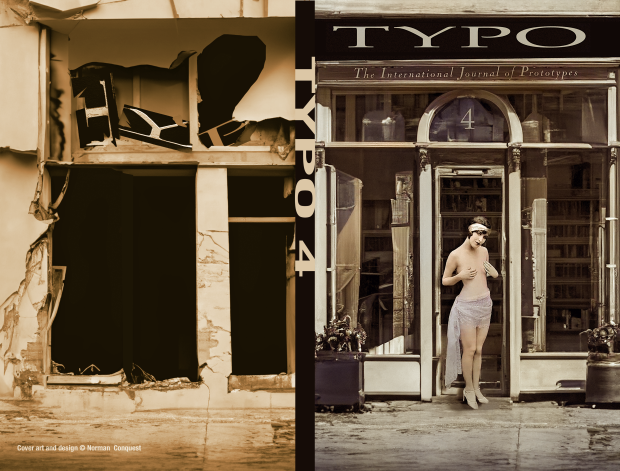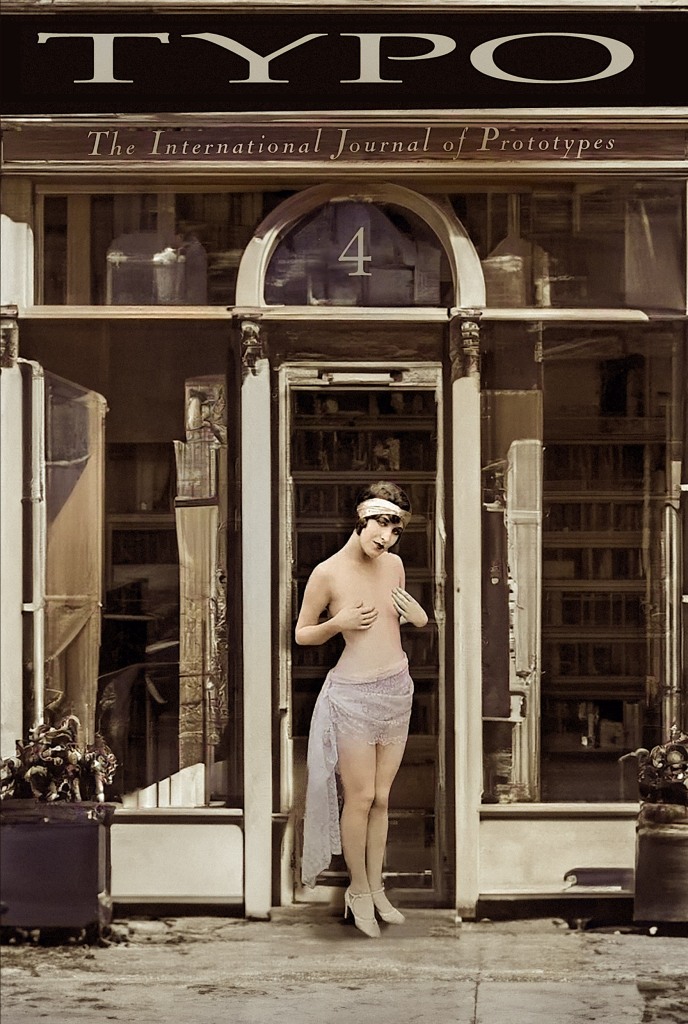THE STORY BEHIND ONE OF THE MOST CONTROVERSIAL NOVELS OF THE 20TH CENTURY

A richly detailed look at Histoire d’o from its original publication in 1954 to the present. Author Reese Saxment situates O in the cultural, literary and political world of Paris during the decade after liberation, and explores how the novel is informed by Surrealist thinking, and can be read as a Surrealist text. Story of O: Eros, Paris & Surrealism is scintillating literary scholarship that breathes new life into this groundbreaking novel.

In 1954 a controversial book was published in Paris – Story of O, by ‘Pauline Réage’ – the first truly erotic novel by a woman writer in modern times – a distinction for which it has been both celebrated and condemned ever since.
The Paris in which Story of O appeared was a city simultaneously in the throes of political crisis and brilliant cultural revival. As it struggled to recover after the Second World War, the onset of the Cold War polarised French politics into power-blocs of the right and the Communist left. But between these poles a renaissance of literary and philosophical movements flourished, all conscious of the need for a ‘Third Way’.
Prominent in this renaissance was a revitalized interest in érotisme noir, Existentialism, Feminine Humanism, and new waves in psychoanalysis, Surrealism and mysticism. It was in this cultural resurgence that Story of O was written and published. The woman who masqueraded as ‘Pauline Réage’ was herself a figure of considerable significance in the French literary world, and her novel provides a touchstone for all of the cultural movements thriving in Paris at the time – particularly Surrealism.
Ever since, in the continuing struggle between life, love and liberty, and suppression, prohibition and censorship, Story of O still lights a way forward toward freedom of imagination, expression and desire.

Story of O: Eros, Paris & Surrealism
Reese Saxment
Trade paperback; 418 pp., Illustrated; $16.95
ISBN 979-8-9894330-1-8

available worldwide on Amazon











